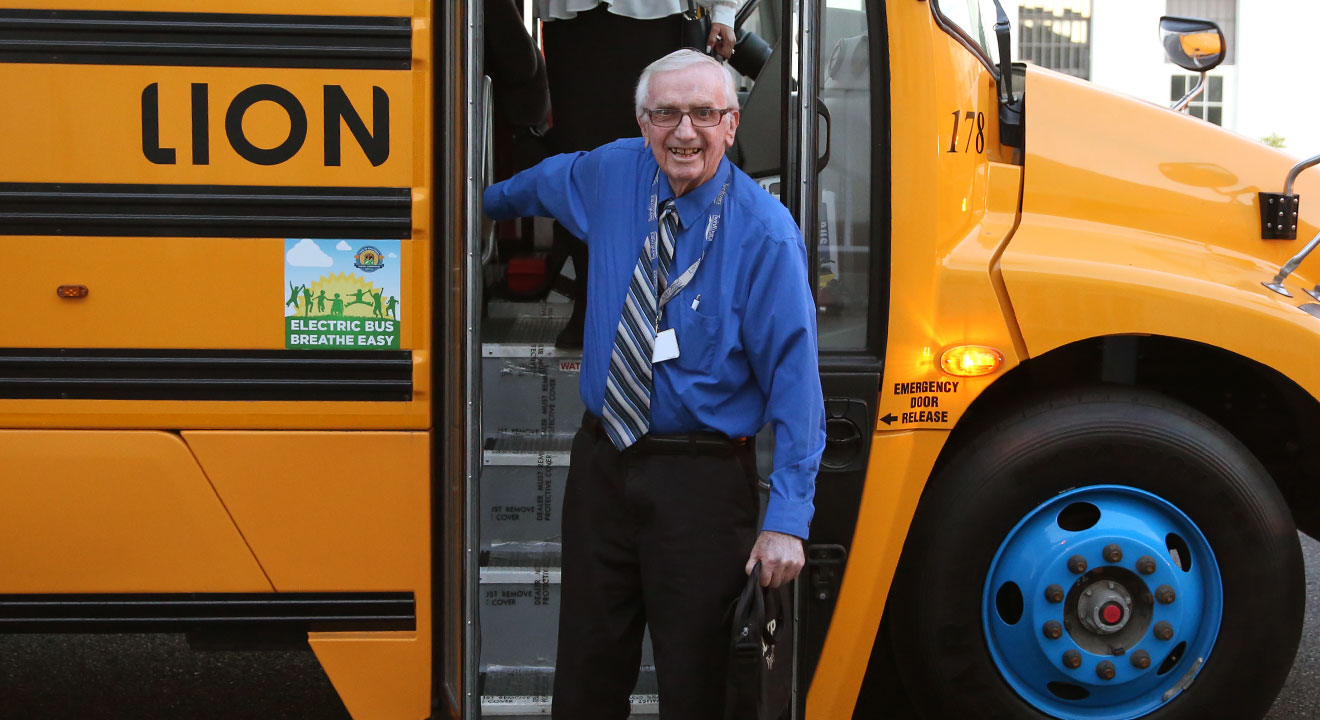The agricultural area of West Placer County shown below (just north of Baseline Road) is scheduled for aerial larvicide treatment. Larval treatments involve applying a mosquito larvicide by a low-flying aircraft to prevent the emergence of adult mosquitoes and reduce the risk of mosquito-transmitted diseases. Treatments will occur during daylight hours, most commonly in the early morning through the early afternoon.

Many municipalities employ aerial mosquito spraying to combat the spread of mosquito-borne diseases like West Nile virus.
This method involves applying insecticides from aircraft to target adult mosquitoes in large areas. While it can be effective in reducing mosquito populations, it also raises concerns about potential environmental and health impacts.
Placer County, California, is one area that has implemented aerial mosquito spraying programs. The Placer Mosquito and Vector Control District conducts both aerial and ground-based treatments to manage mosquito populations and protect public health. These treatments are part of a larger integrated vector management program that includes various strategies to control mosquitoes.
The effectiveness of aerial spraying can be influenced by several factors, including weather conditions, the type of insecticide used, and the target mosquito species. However, one of the primary concerns associated with aerial spraying is the potential for wind drift. Insecticides applied from aircraft can be carried by wind to unintended areas, potentially exposing people, pets, and wildlife to chemicals.
Wind drift can lead to several issues. Residents in areas downwind of the spraying operation may experience unintended exposure to the insecticide. Additionally, the chemicals may drift into bodies of water, harming aquatic life. To mitigate these risks, weather conditions are carefully monitored before spraying operations, and efforts are made to minimize wind drift.
The Placer Mosquito and Vector Control District emphasizes the importance of public awareness and provides information about upcoming spraying operations. Residents are encouraged to stay indoors during spraying, close windows and doors, and cover outdoor food and water sources. While aerial spraying can be a valuable tool in mosquito control, it is essential to weigh the benefits against the potential risks and to implement measures to protect public health and the environment.
Despite the concerns, many residents support aerial spraying as a necessary measure to prevent the spread of mosquito-borne diseases. These diseases can cause severe illness and even death, and controlling mosquito populations is crucial for public health. The Placer Mosquito and Vector Control District works closely with the community to address concerns and provide information about the spraying program.
Ultimately, the decision to use aerial mosquito spraying is a complex one that requires careful consideration of various factors. Balancing the need to protect public health with the potential environmental and health risks is essential. As technology and scientific understanding advance, it is likely that new and improved methods for mosquito control will emerge.















